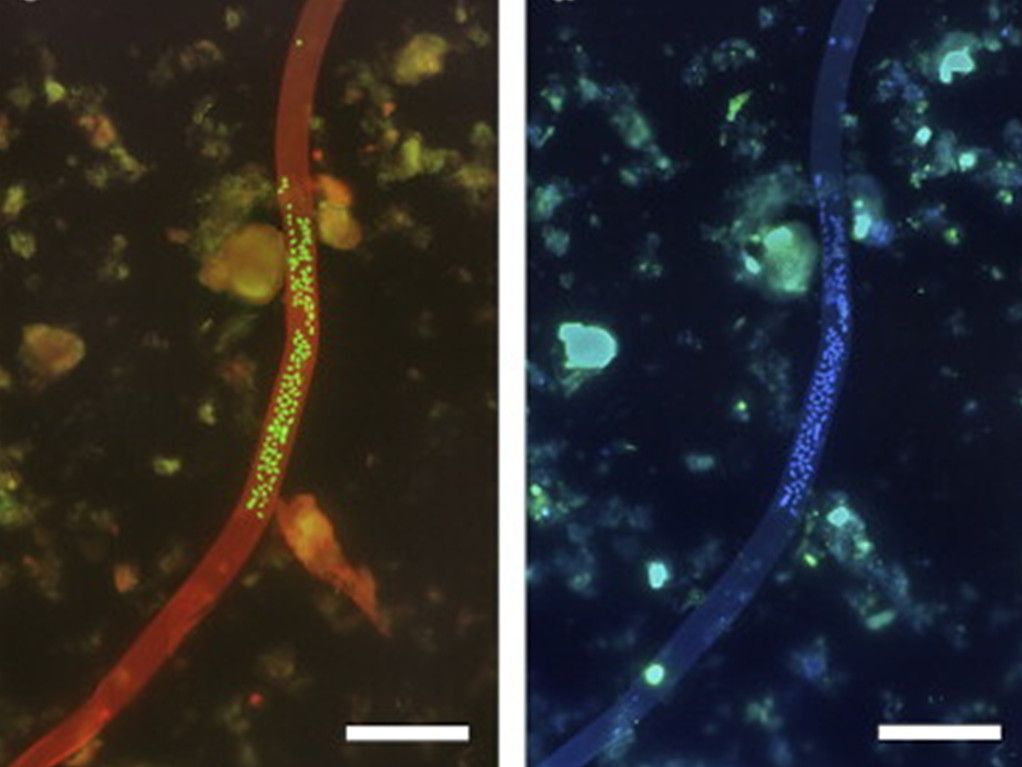SoWaFUN - Fungal ecology at the soil-water interface
The main objective is to determine the taxonomic and functional overlap between the soil and aquatic microbiomes at different model sites.
Understanding the processes associated with organic matter (OM) transformations at the interface between terrestrial and aquatic ecosystems is key to understanding the flow of energy and macro-elements (carbon and nitrogen) at the landscape scale. Fungi produce a wide range of extracellular enzymes and convert various forms of complex plant-derived OM, and are thus one of the main regulators of carbon balance. We suggest that, contrary to previously accepted paradigms, many fungi colonizing plant matter in terrestrial conditions remain important players in energy transfer to higher trophic levels in stagnant freshwater.
In order to reveal with sufficient resolution the complex interactions that accompany fungal lifestyles at the soil-water interface, we have assembled a team of collaborators with a multidisciplinary focus and will use a combination of modern molecular methods, advanced bioinformatic analyses, and state-of-the-art approaches in analytical chemistry to address some of the pressing knowledge gaps in the emerging field of microbial ecology.
Within the project we offer new interesting topics for Bachelor and Master theses. For more information:doc. Ing. Jiří Bárta. PhD. (
Illustration figure: Bacteria stained by FISH on fungal hyphae in soil (Eickhorst and Tippkötter, 2008, Soil Biology and Biochemistry 40(7):1883-1891)
